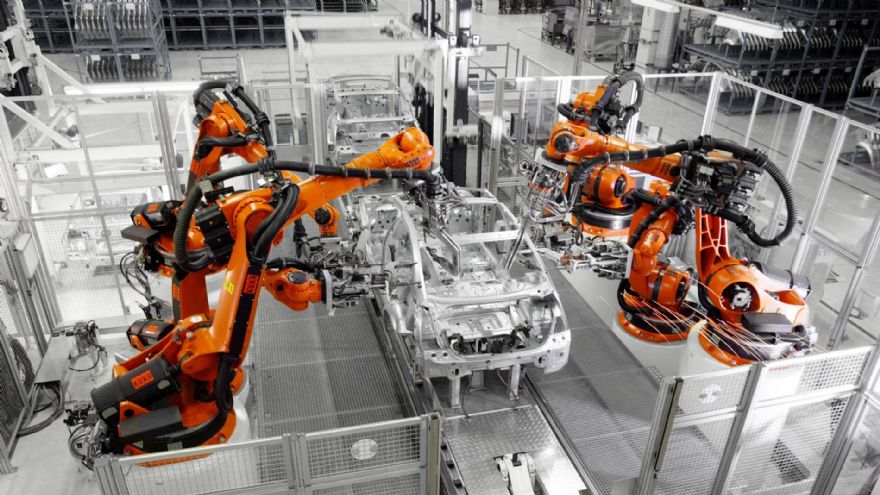
The use of industrial robots in factories around the world has nearly doubled in the last five years according to the
2021 World Robot Statistics, recently published by the
International Federation of Robotics (IFR). 126 robots per 10,000 employees is the new average of global robot density in the manufacturing industries up from 66 units in 2015.
However, the UK has a robot density below the world average of 126 units with 101 units, ranking 24th — in 2015, the UK’s robot density was 71 units. The exodus of foreign labour following Brexit increased the demand for robots in 2020 and this is set to continue with the introduction of the ‘super-deduction’ tax incentive in April last year which expires in March 2023 — under the scheme, firms can claim 130% of capital allowances as a tax relief for plant and machinery investments.
By international regions, the average robot density in Asia/Australia is 134 units, in Europe 123 units and in the Americas 111 units. The top five most automated countries in the world are South Korea, Singapore, Japan, Germany and Sweden.
Milton Guerry, president of the IFR, said: “Robot density is the barometer to track the degree of automation adoption in the manufacturing industry around the world.”
China has seen the most significant growth in robot adoption — the density rate rose from 49 units in 2015 to 246 units in 2020. Today, China’s robot density ranks ninth globally compared to 25th just five years ago.
In the Republic of Korea, robot density has increased at a rate of 10% on average each year since 2015, exceeding the global average seven-fold (932 units per 10,000 workers). With its globally recognised electronics industry and a distinct automotive industry, the Korean economy is ideally placed to benefit from industrial robots.
Singapore takes second place with a rate of 605 robots per 10,000 employees in 2020 — its robot density has been growing by 27% on average each year since 2015. Japan is ranked third in the world. In 2020, 390 robots were installed per 10,000 employees in the manufacturing industry. The country is also the world´s predominant industrial robot manufacturer — it produced 174,000 units in 2020 — it delivered 45% of the global robot supply.
Robot density in the USA rose from 176 units in 2015 to 255 units in 2020. The country ranks seventh in the world — ahead of Taiwan (248 units) and China (246 units). The modernisation of domestic production facilities has boosted robot sales in the country, especially in the areas of solar panel production and in the transition towards electric vehicles.
Europe’s most automated country is Germany — ranking fourth worldwide with 371 units. The annual supply had a share of 33% of total robot sales in Europe 2020 — 38% of Europe’s operational stock is in Germany. The German robotics industry is recovering, mainly driven by strong overseas business rather than by the domestic or European market. Robot demand in the country is expected to grow slowly, mainly supported by demand for low-cost robots in the general industries and outside traditional manufacturing.
France has a robot density of 194 units (ranking 16th in the world), which is well above the global average of 126 robots and relatively similar compared to other EU countries like Spain (203 units), Austria (205 units) or The Netherlands (209 units). EU members like Sweden (289 units), Denmark (246 units) and Italy (224 units), have a significantly higher degree of automation in the manufacturing segment.